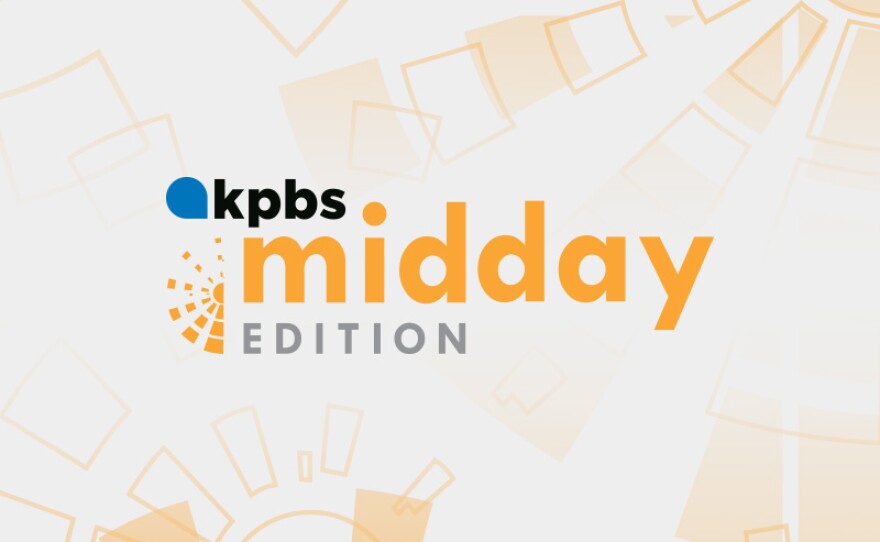Ask The Experts: What To Consider Before You Camp, Hike, Backpack During Mask Summer
Speaker 1: 00:00 Californians love the outdoors and even more so with the pandemic, camping and backpacking are considered relatively low risk activities when it comes to COVID-19. But how should people get into nature? Responsibly is the threat grows cap radios as rhe David Romero is figuring that out, Speaker 2: 00:20 Fed up with working from home. My colleague, Emily Zentner, and I went on a backpacking trip 4th of July weekend, my buddies and I named that mountain over there. Mountain doom. Now the entire hike, you can see it. Mount doom is actually a range called the Sierra Buttes. We started at grouse Ridge and the Tahoe national forest and hike past a dozen lakes to our final destination pinner Lake. It was about four miles. Sunset. See, these are the legs we're going to go to along the way we kept hearing an owl. Do it again. The wilderness was packed, partly because it was the 4th of July weekend, but also because people are tired of being indoors, but how safe is it to backpack or camp during a pandemic? If you're hiking with people who you aren't in a household with, and you're close enough that you can easily talk with each other quietly, then you probably are close enough that you can be spreading droplets. Speaker 2: 01:18 Miranda Worthen is an epidemiologist. She studies the intersection of health and recreation at San Jose state. When going outdoors, it's good to weigh how much risk you're willing to take. She says to go outdoors only with people you've mutually chosen to share risk with that still means staying at least six feet away from each other and having a mask handy. You're only as risk-free as the least cautious person in that bubble. When people camper backpack, they usually have to drive a distance to a Trailhead. Alison right with REI suggests gassing up in your own community and packing your own meals instead of stopping along the way, it's just out of my comfort. I can pack my own lunch. Small changes in our behavior can help us lower our risk. This is about protecting the communities you enter. She also says to reevaluate the type of outdoor activity you're contemplating this year, you know, instead of hiking, a strenuous hike, or instead of going on a five, 10 route Brock climbing that you, that you take a more moderate approach. Speaker 2: 02:21 One more thing. She says to have options in mind. For example, if your first hike looks packed, go to your second or third option, also have a map or download an app like all trails on your phone. We're then the epidemiologist from San Jose state says it's just not that smart to be around a lot of people during the pandemic. If you're kind of all clustered around the campfire at night, and there's not much of a wind and you're laughing and singing camp songs, and you're sitting there for two hours, that's a risky behavior, but she also points out that being in nature is restorative. Although there is no real safe recreation. We have to make trade offs. And I fully support people doing safer recreation, especially if you or people in your household are feeling a lot of distress back in the Tahoe, national forest, Emily Zentner, and I are climbing back up the Ridge. Whew, did it make it to the top? You can see where we went to. That's the, like we camped at for me, the trip was definitely what I needed to distress from all the news and the worries in the world right now in Sacramento I'm as her David Romero.


